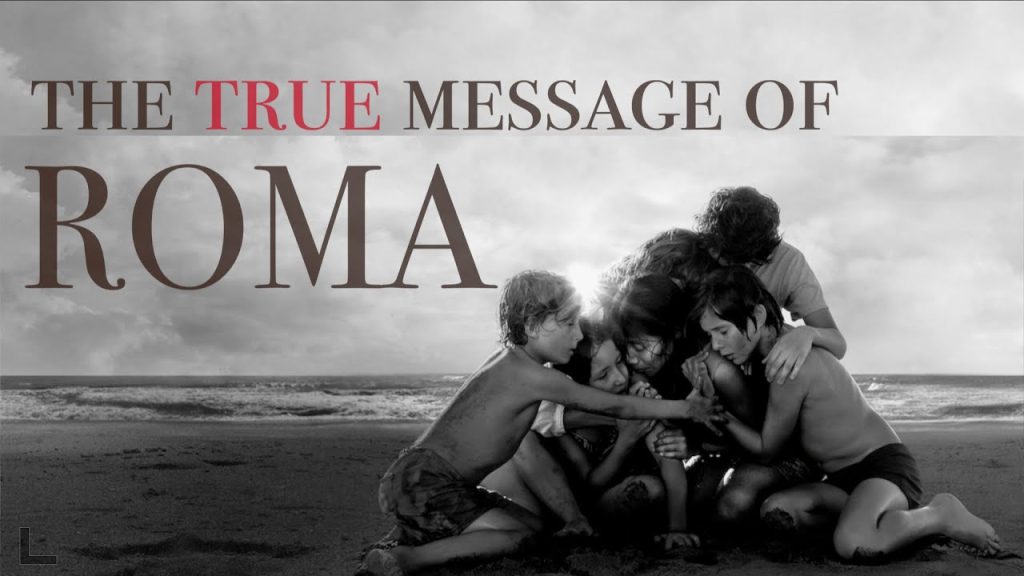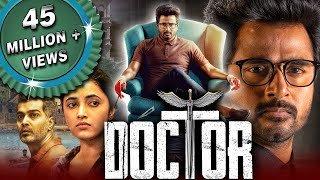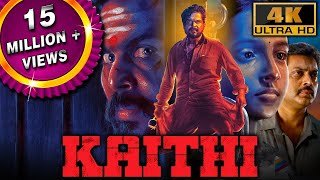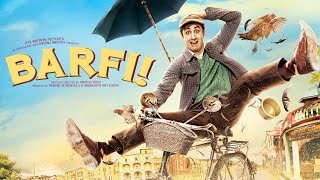Roma Movie Cast, Story, and Reviews
Introduction
Some films tell a story. Others become a memory. Roma, Alfonso Cuarón’s deeply personal masterpiece, doesn’t simply recount events; it remembers them. With the stillness of a photograph and the emotional echo of a whispered confession, Roma offers an intimate portrait of a woman who might, in another film, be peripheral—a background figure rendered with warmth and reverence, as if every second with her is sacred.
Set in early 1970s Mexico City and shot in meticulous black and white, Roma is not just a film—it is a form of cinematic poetry. It blends social realism with lyrical beauty. It portrays the personal upheavals of a single household while quietly echoing the political tremors of a changing nation. Yet its heart beats strongest in its tender gaze upon Cleo, the Indigenous domestic worker whose quiet resilience shapes the emotional soul of the family she serves.
The Narrative Skeleton
The plot of Roma is deceptively simple. Cleo (Yalitza Aparicio), a live-in maid for a middle-class family in the Roma neighborhood of Mexico City, cares for the home, the four children, the pets, and the emotional well-being of her employers. Early in the film, the father abandons the family under the pretense of a business trip, leaving Sofía, the mother, to manage the household alone.
Simultaneously, Cleo discovers she is pregnant by her boyfriend, Fermin, who quickly vanishes when told. As the women in the household navigate their respective abandonments, a bond forms between Cleo and Sofía—one marked not by equality but by shared emotional rupture.
From beachside breakdowns to urban chaos, from natural disasters to social unrest, Roma carries us through a sequence of quietly devastating moments—some internal, some historical—but all rendered with a sense of reverence and emotional precision.
Visual Language: A Cinematic Memory Palace
Cuarón shot the film in black and white not as an aesthetic gimmick, but as an act of emotional distancing and memorialization. The absence of color strips away distraction, allowing the viewer to focus on gesture, detail, and mood. Every frame is deliberate, composed like a photograph found in an old family album—fragile, still, sacred.
Cuarón uses long takes and wide shots to place Cleo within the environment rather than cutting away to close-ups or reaction shots. She is often shown at a distance, not to diminish her, but to highlight how she moves through space that she manages but does not own. We are asked to observe her the way the world does—not always intimately, but constantly.
This visual style emphasizes her invisibility, and paradoxically, her emotional gravity. In a household bustling with children, crises, and the noise of domestic life, Cleo remains silent, still, unshakable. Yet, the stillness is not passivity—it is the quiet, unrecognized labor that holds the world together.
Themes: The Intersections of Class, Gender, and Memory
1. Class as Architecture
Class structures in Roma are not just social—they are spatial. Cleo sleeps in a small utility room off the roof, while the family occupies spacious, elegant quarters. She cooks, cleans, bathes the children, does laundry—yet she is always just outside the frame of belonging. Even in moments of affection or inclusion, there’s a boundary. The children adore her, but she is not their mother. Sofía treats her with care, but she is still employer, not equal.
When Cleo announces her pregnancy, there is no open hostility—only a muted sense of distance. She is helped, but the help is conditional. Even in moments of solidarity, class defines the limits of empathy.
And yet, Cleo is the emotional nucleus of the family. She knows their routines, fears, illnesses, joys. The children call out for her in crisis. She is always there—present, vital, but unacknowledged. Her labor is the backbone of their domestic peace, yet her humanity is barely seen.
2. Motherhood Without Ownership
Motherhood in Roma is presented in multiple, often painful forms. Sofía is a biological mother dealing with abandonment. Cleo is a caregiver who must relinquish emotional ownership because of her status. Her pregnancy introduces a complex arc: she will soon be a biological mother, but is she ready? Is she allowed?
Her experience of pregnancy is marked by isolation and fear. When the baby is stillborn, the trauma is unbearable—but culturally unspoken. The scene in the hospital, where doctors attend her mechanically and Sofía watches helplessly, is devastating not because of high drama, but because of the absence of ritual or community. Cleo is left to mourn quietly, because grief, like labor, is another invisible burden she must carry alone.
And yet, Cleo’s ultimate declaration, on the beach, that she “didn’t want the baby to be born” is not a rejection—it is a window into her psychological landscape. She is a woman asked to carry everything: other people’s children, her own fears, her own lost motherhood. That moment is not confession—it is collapse.
3. The Silence of the Marginalized
Cleo speaks little, and when she does, it is often with deference. Yet the film’s power lies in how it constructs meaning not through what is said, but through what is held back. Her silence becomes a narrative device—it invites us to observe, infer, and reflect. In her body language, her daily routine, her careful service, we understand who she is.
She absorbs the chaos around her—the familial dysfunction, the city’s unrest, the betrayal of her lover—without expression. The silence is not just personal—it is systemic. Indigenous domestic workers, like Cleo, have long existed at the periphery of social acknowledgment. Their pain is private, their labor taken for granted, their contributions erased from official memory.
But Roma re-centers that silence. In making her the protagonist, Cuarón gives narrative weight to a figure who would otherwise remain a footnote.
4. Political Unrest as Background Noise
The Corpus Christi massacre, student protests, military parades—political events simmer in the periphery of the film, never fully explained or dramatized. This is intentional. For Cleo, these moments are not opportunities for political engagement—they are disruptions, part of the city’s landscape, like potholes or sirens. The chaos of the nation mirrors the instability of her own life, but she remains a bystander in both.
This narrative choice highlights the emotional distance between the state and the working class. Cleo doesn’t have the luxury of activism. She is too busy surviving, working, grieving. For her, politics are incidental, not participatory. The world may be changing, but her role within it remains structurally unchanged.
Character Study: Cleo
Cleo is a paradox—at once ordinary and monumental. She does not deliver impassioned monologues. She is not given a romantic arc. She does not seek liberation in the conventional cinematic sense. And yet, she is unforgettable.
What makes Cleo extraordinary is her endurance. She is a vessel for the family’s needs, yet she remains quietly herself. She moves through the world with humility, yet her presence reshapes those around her. In the beach scene, when she saves the children from drowning, she becomes more than caregiver—she becomes mythic. Yet even that act is not valorized. She does not weep in triumph. She weeps in confusion and guilt, haunted by the child she lost and the ones she saved.
She is not a symbol—she is a woman. And in giving her this space, the film makes a radical cinematic choice: to center the story on someone we are trained not to see.
Cuarón’s Personal Imprint
Roma is semi-autobiographical. The house, the dog droppings in the driveway, the rituals, the language—it all stems from Cuarón’s childhood. But instead of making himself the hero of the story, he gives the narrative to Cleo, who was inspired by Libo, the real-life woman who helped raise him.
This is an act of cinematic humility. In reimagining his past, Cuarón reassigns importance. He understands that while his family fell apart and restructured, Cleo held the pieces together. He doesn’t mythologize her—he simply witnesses her.
This makes Roma not just a film about memory, but an act of remembrance. It is not nostalgia. It is restitution.
Final Moments: Healing Without Resolution
The film ends not with resolution, but with rhythm. Cleo returns from the beach, folds laundry, and ascends the staircase to the rooftop. Life, even after grief and revelation, continues. There are no grand closures. No romantic reunions. No victories.
And yet, the ending is deeply emotional. Because it affirms that Cleo, despite being battered by grief, still chooses to serve, to move, to care. Her resilience is not performative—it is existential. She exists not in spite of trauma, but through it.
The final image—her ascending the stairs—suggests not just the routine of her day, but the spiritual weight of her journey. It is not a rise to power. It is a quiet, dignified continuation.
Conclusion: The Beauty of the Unseen
Roma is not entertainment in the traditional sense. It is not designed to dazzle or distract. It is designed to observe, to honor. It is a film that rewards attention, patience, and empathy. It teaches us that the most profound human experiences often occur in silence—in the spaces between catastrophe and routine.
In giving Cleo the center of the frame, Cuarón performs an act of cinematic justice. He reminds us that the people we often ignore—the women who clean our homes, raise our children, fold our laundry—carry lives just as complex, emotional, and sacred as those we call protagonists.
In the stillness of Roma, we hear the loudest truths: that memory is shaped by those who loved us silently, that strength comes in acts of daily endurance, and that beauty lies not in spectacle, but in the sacred rhythms of the unseen.







